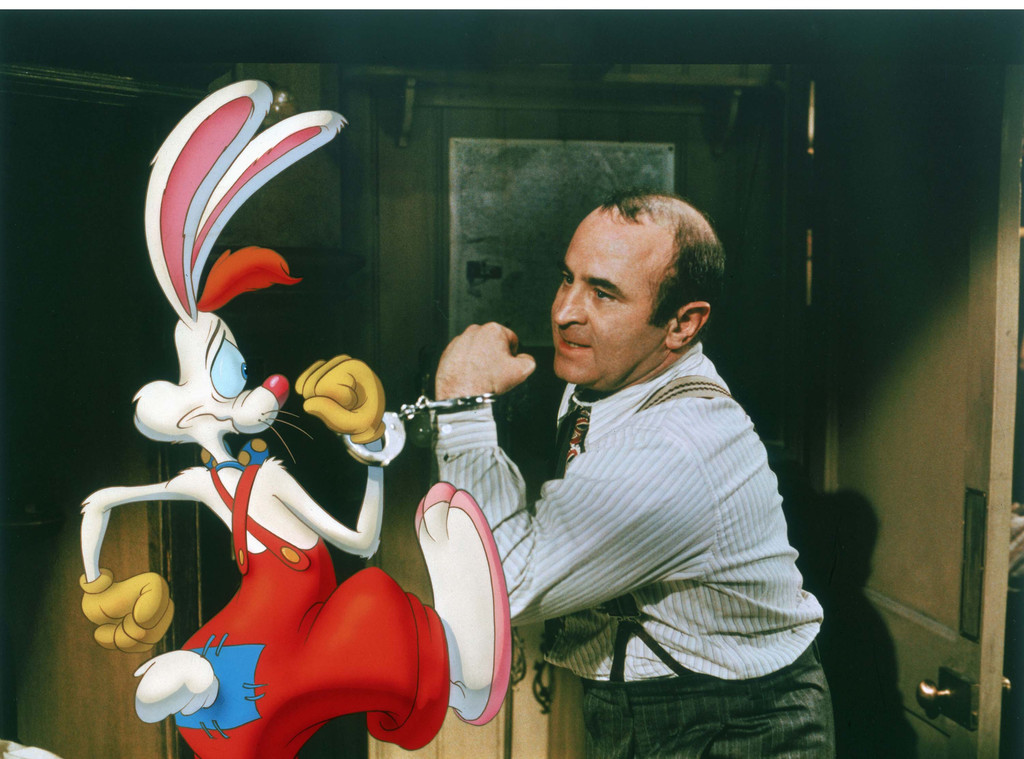The character of Billy Pilgrim brings to mind my much-earlier
blog post trying to deal with Why Postmodernists Do Weird Things. You would think
Vonnegut is much more in the “for-the-hell-of-it” camp with this one, what with
the plunger-shaped Tralfamadorian aliens during what is ostensibly a war
memoir, or the tasteful drawing of Montana Wildhack’s locket at the end. In
research for this post, I found a great Vonnegut quote; he says that his books “are
essentially mosaics made up of a whole bunch of little chips… and each chip is
a joke.” And yet, we discussed in class how humor and defamiliarization are an
escape. World War II seems much different when you call it artificial weather
or focus on the squishing, farting humans or just laugh at the sheer absurdity
of this guy who ends up in a curtain toga during the apocalyptic bombing of a German
city. Vonnegut’s creation of Billy Pilgrim and the ridiculous plot he stars in
is a coping mechanism and a symbol for the war itself.
First: Billy is the ultimate veteran as someone who is constantly
with his war days. At one point Billy doesn’t go back but just remembers (and
this is emphasized in the book too, that he is remembering) his time as a
soldier, and that he had never done that before. The Tralfamadorian time-jumps
lend a sort of dreamlike quality to the book, and the remembering makes Billy
seem a little more conscious in his storyline. (Something, I suppose, Tralfamadorians
would laugh at. What does it matter to look “back,” if what will happen will
happen anyway? Relatedly, does this make Billy a pillar of salt like Lot’s
wife?)
Second: We mentioned in class how circuitous the path to the
bombing really is. In chapter one Vonnegut sits us down and says “this book is
about the bombing of Dresden.” Then he keeps saying, “the bombing will happen
soon.” Then, right before the bombing, he goes on a series of about five related
time-skips involving Campbell, Montana, and his wife, among other things. Not
only does this take a page out of the Tralfamadorian novel handbook, showing
many related scenes in succession to create a specific feeling, it also gives a
good idea of the mental hurdles a veteran would have to overcome to talk about
his experience. Valencia asks Billy about the war and he sprints to the
bathroom. Then he’s talking to Montana Wildhack and is able to talk about the
war. Since Billy doesn’t really have a sense of time, it’s not time that made
him more comfortable with Montana. I think the sheer ridiculousness of being on
an alien planet, in a human exhibit with an adult film star that said aliens inexplicably
decided would be the best other human for the job, with her, baby on hip,
sympathetically asking you about the war—it detaches Billy just enough from real
life for him to be able to talk more openly about the war. Compare this to
Valencia and Billy’s lackluster, very real-world marriage. It’s the difference
between a dream and reality, almost. And wouldn’t you feel more comfortable
doing something strange and out of the ordinary in a dream, rather than in real
life? (e.g. you’re dreaming about a test, and you get an urge to yell as loud
as you can. You do, and nobody notices. The next day you’re taking your test
and you wonder what would happen if you yelled. But you don’t.) And after Billy
tells Montana about Dresden, we finally see it happen in the narration. In my
opinion, this is solid proof of both Kurt Vonnegut’s own mental blocks and the
use of defamiliarization and humor to get past them.



